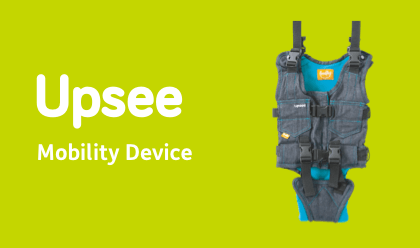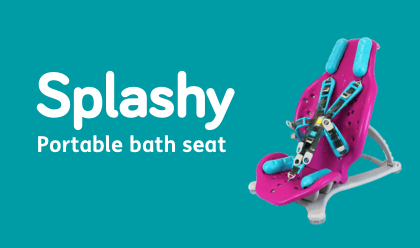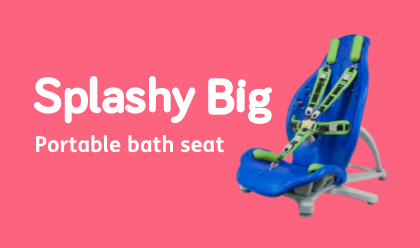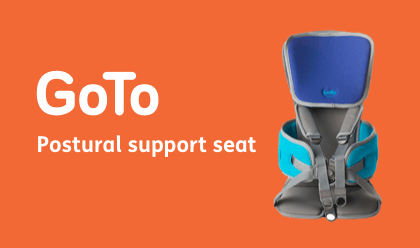Dolphin Therapy
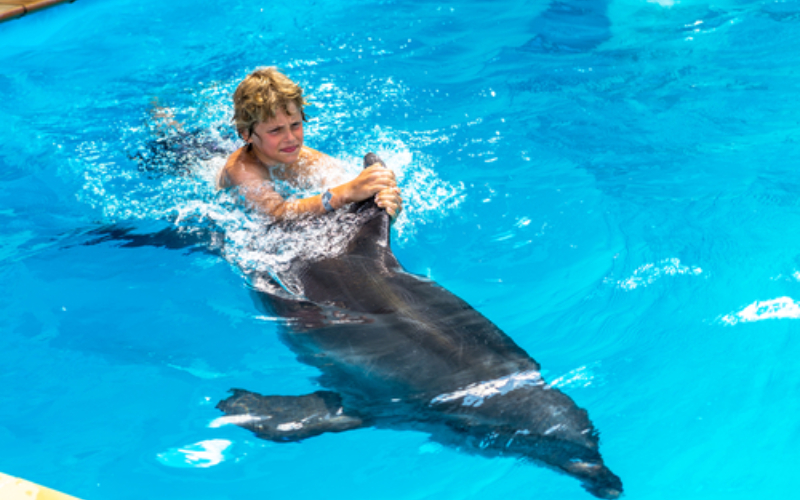
The idea was first formulated in the 1960s by John Lilly, who studied dolphin-human communication and suggested that dolphins could help improve human communication.
In the 1970s, researchers began analysing the interaction between dolphins and children with neurological impairments.
The procedure was developed by David Nathanson, a clinical psychologist who has conducted a large porportion of the existing research on DAT.
Nathanson’s theory is that children with disabilities will increase their attention to relevant stimuli in the environment as a result of their desire to interact with dolphins (Nathanson, 1998).
Nathanson encourages DAT to be used as a complementary therapy with more traditional, therapeutic procedures (Nathanson, 1998).
However, most of the empirical research on the effectiveness of DAT in the last decade has been conducted primarily by those who operate dolphin-orientated programs. (Humphries, 2003)
Who can benefit?
Research and individual case reports suggest DAT can benefit: · Depression · Learning difficulties · Autism Spectrum Disorders · Down’s syndrome · Post-traumatic stress disorder · Cancer · Other neurological, physical, or psychological conditions
The Programme
DAT consists of defining a treatment goal for the individual child, such as completing a gross or fine motor task (e.g., placing a ring on a peg) or producing a language behavior (e.g., independently saying a word). Materials present during a DAT session include rubber balls or rings forneliciting motor responses, or flash cards depicting objects for languagenresponses. Children receive on-dock orientation to the dolphins, with the child and their therapist typically sitting at the edge of the dock, while a dolphin trainer controls the movements of a dolphin in the water. During orientation, children are able to touch or play with the dolphin from the dock or elicit specific dolphin behaviours through hand signals. After orientation, children engage in a series of therapeutic sessions during which they may interact with the dolphin from the dock or in the water after giving a correct motor, cognitive, or language response. Following each episode of reinforcement, the child and therapist return to the therapeutic task, often with an increasing frequency and complexity of correct responses required for the child to interact with the dolphin. (Humphries, 2003)
Approximate Cost
UK: 2 week treatment - £5000 USA: Five 40-minute sessions - $2600 Europe:10 day programme - €4590
Availability
UK & Ireland: Whale Watch West Cork CarrigillihyUnion Hall Co. CorkIreland Telephone: Mobile 00 353 (0) 86 120 0027 Landline 00 353 (0) 28 3335 Email: [email protected] Web: http://www.whalewatchwestcork.com/
The Alexander Trust Richard Conibear 14 Ashford Road Moorfields Bath England Tel: 01225 337178 Web: http://www.thealexandertrust.org.uk/Operation Sunflower Dr Horace Dobbs International Dolphin Watch 10 Melton Road North Ferriby East Yorks HU14 3ET England Tel: 01482 645789 Web: http://www.idw.org/healing.htm
Asia: Dolphin Reef Eilat Southern Beach P.O Box 104 Eilat 88100 Israel Tel: (00 972) 8 637 1846 Web: http://www.dolphinreef.co.il Children are enrolled for 1year programme
Australia: Interspecies Research and Development P.O. Box 198 Gardenvale 3185 VIC Australia Web: http://www.interspecies.org/ The Dolphin Society PO Box 2052 Clovelly Sydney NSW 2052 Australia Web: http://www.dolphinsoc.org/
Europe: MEGA -Sport Reisen Germany Atatürk Street 64, Mares Hotel Sea Side, Icmeler/Marmaris, 48700 Marmaris / Muğla/Turkey Telephone: Landline: +90 252 – 455 40 64 Mobile: +90 533 664 19 51 +90 532 246 95 09 Fax: +90 252 – 455 24 33 Email: [email protected] Web: dolphin-therapy.org
Onmega Ltd. Dolphin-Park Marmaris Cumhuriyet Mah 503 Sokak Ferizcan Ismerkezi KAT 3 No. 6 48300 Fethiye/Mugla Turkey Tel: (0090) 252 614 67 16 Fax: (0090) 252 614 70 62 Email: [email protected] Web: www.yunusterapisi.com
USA: Island Dolphin Care 150 Lorelane Place Key Largo, FL 33037 Tel: 305-451-5884 Fax: 305-453-5399 Email: [email protected] Web: http://www.islanddolphincare.org/ Upledger Institute 11211 Prosperity Farms Rd Palm Beach Gardens FL 33410 Tel: 571-622-4706 Fax: 561-627-9231 Email: [email protected] Web: http://www.upledgerclinic.com/ Water Planet Mailing Address: 203 Greenwood Dr Panama City Beach, FL 32407 Boat Address: 5709 N. Lagoon Drive Panama City Beach, FL 32408 Telephone: Local: (850) 230-6030 Toll-Free: (866) 449-5591 Email: [email protected] Web: http://www.waterplanetusa.com/
Dolphin Human Therapy (DHT) 13605 South Dixie Highway #523 Miami Florida 33176-7252 Tel: (001) 305 378 8670 Web: http://www.dolphinhumantherapy.com/ Lei Aloha Centre Dolphins and You PO Box 4277 Waianae Hawaii 96792-1932 Tel: (00 808) 696 4414 Web: http://www.lei-aloha.com
Dolphin Research Center 58901 Overseas Highway Grassy Key Florida 33050-6019 Tel: (001) 305 289 0002 Web: http://www.dolphins.org/ Clearwater Marine Aquarium Full Circle Programs 249 Windward Passage Clearwater Florida 33767 Tel: (001) 727 441 1790 Web: http://www.cmaquarium.org/ Research Centres The Aquathought Foundation 15921 McGregor Blvd. Suite 2C FT Myers Florida 33908 Tel: (001) 941 437 2958 Web: http://www.aquathought.com
South America: Dolphin Suites Bapor Kibra z/n Curacao Tel: (005999) 4652700 Fax: (005999) 4652701 Email: [email protected] Skype: dolphin.suites.curacao Web: http://www.dolphinsuitescuracao.com/
Research
Humphries (2003) carried out a research synthesis to examine DAT’s effectiveness children six years of age or younger with disabilities.
Humphries found that although claims regarding DAT’s efficacy have been widely promoted as having been proven, the available research evidence does not conclusively support the claims that DAT is effective for improving the behaviours of young children with disabilities.
The results of the synthesis, in addition, do not support the notion that using interactions with dolphins is any more effective than other intervention for improving child learning or social-emotional development.
Fiksdal, Houlihan and Barnes (2012) state the construct validity of DAT is threatened due to the multiple components behind DAT: swimming in the water, being somewhere warmer, being somewhere new or in a different country and sleeping and living in novel settings.
They suggest that these variables need to be controlled before reporting DAT’s sole effectiveness.
Fiksdal, B.L., Houlihan, D. and Barnes, A.C., 2012. Dolphin-Assisted Therapy: Claims versus Evidence. Autism Research and Treatment, 2012, pp. 1-7. Humphries,T.L., 2003. Effectiveness of Dolphin-Assisted Therapy as a Behavioural Intervention for Young Children with Disabilities. Bridges, 1(6), pp. 1-9.

